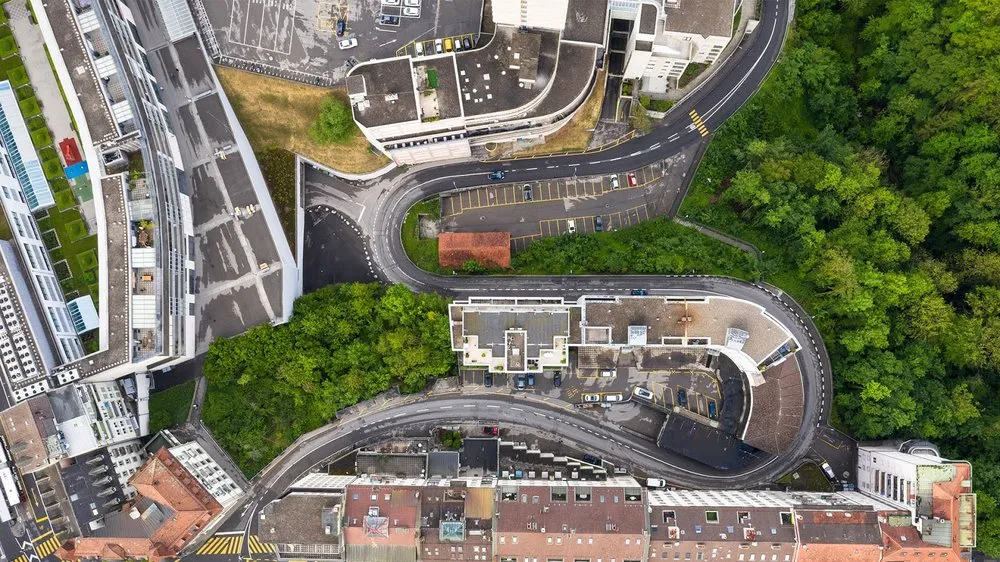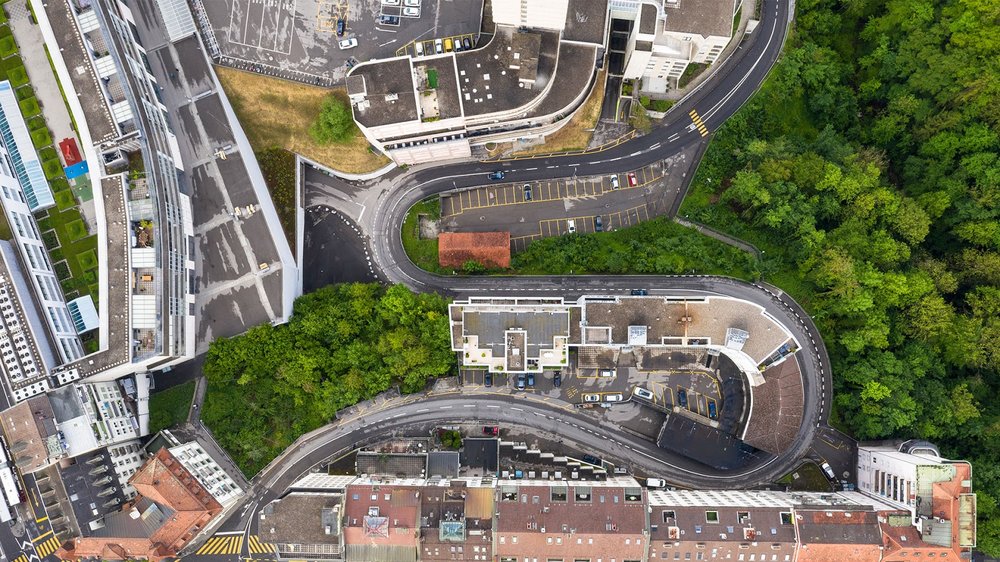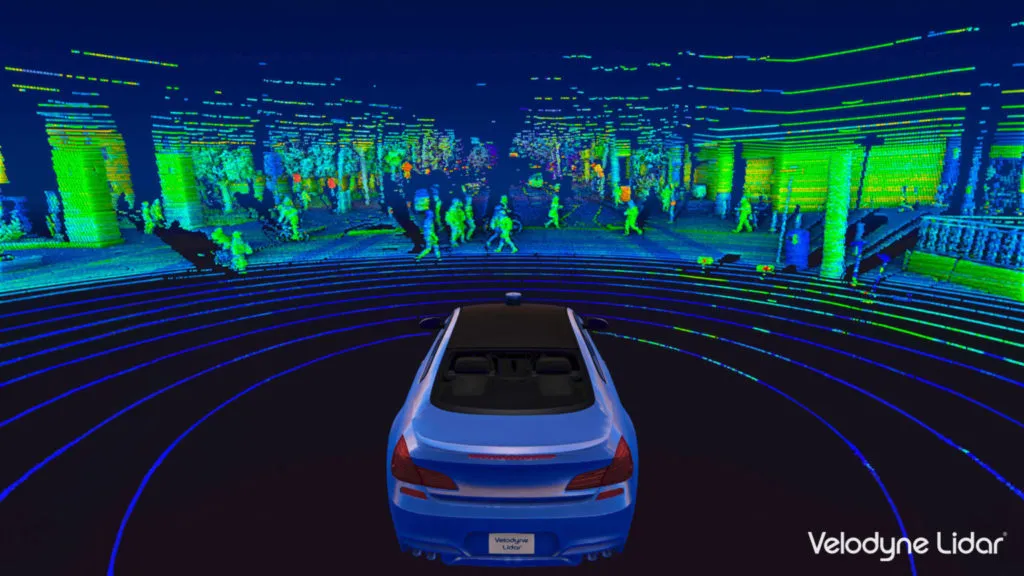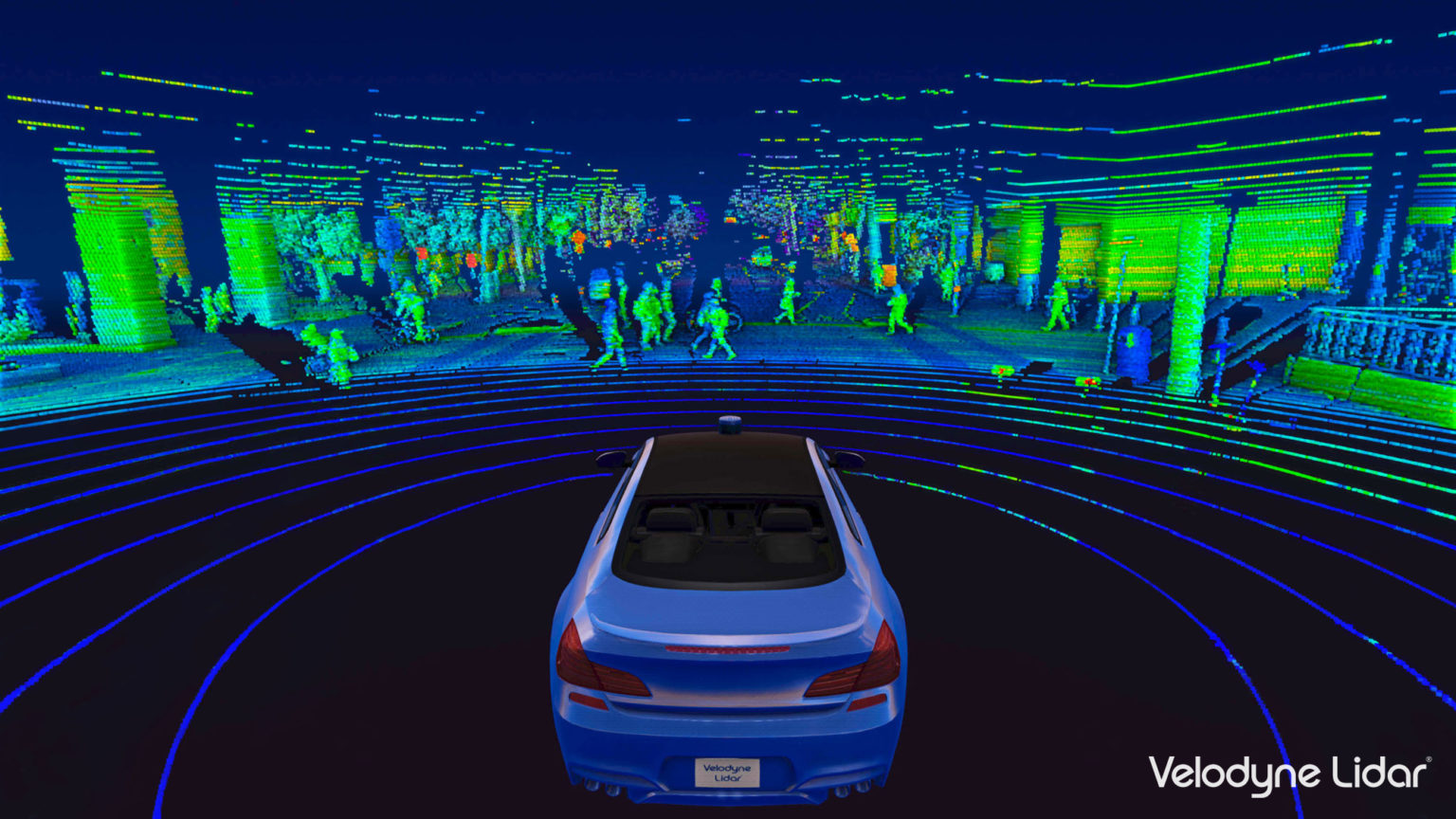
Google is calculating tree coverage from aerial imagery it collects for Maps

With extreme temperatures becoming common in urban jungles, policymakers are increasingly looking to increase shade on warming city streets. However, a well-planned (hence more effective) tree-planting effort requires budget and resources and not many cities can afford to spare those, especially during an unprecedented pandemic. Google, through its Environmental Insights Explorer platform, a tool that makes it easier for cities to measure, plan, and reduce carbon emissions, wants to change that.
Starting the novel ‘Tree Canopy Lab’ initiative with the City of Los Angeles in the United States, the technology giant is leveraging Google AI and Google Earth Engine’s data analysis capabilities to pinpoint all the trees in a neighborhood and measure their density.
A specialized tree-detection AI has been developed to automatically scan the aerial imagery that Google airplanes capture during the spring, summer, and fall seasons. The algorithm then detects the presence of trees and produces a map that shows the density of the tree cover, also known as ‘tree canopy.’

Tree cover in Los Angeles
Google explains that the imagery is analyzed in combination with 3D digital surface models to generate a vegetation probability model. Any values above a certain threshold are classified as a tree canopy. The analysis is also said to include near-infrared data, when available.
Cities can use tree coverage insights in multiple ways, such as comparing tree coverage by neighborhoods and identifying residential blocks with high tree planting potential. Policymakers can learn about the tree coverage, average heat health index, and average population density per area and locate sidewalks that are vulnerable to higher temperatures due to low canopy coverage. Google is also equipping Tree Canopy Lab with pre-calculated visualizations to help city officials understand how heat and population density correlate with tree coverage.

Tree Canopy Lab’s AI at work
Google’s analysis in Los Angeles, for example, has found that more than 50 percent of Angelenos live in areas with less than 10 percent tree canopy coverage and 44 percent of the city population live in areas with extreme heat risk.
As Eric Garcetti, Mayor of Los Angeles, says, “Every tree we plant can help stem the tide of the climate crisis, and when we expand our urban forest, we can sow the seeds of a healthier, more sustainable and equitable future for communities hit hardest by rising temperatures and intensifying heatwaves. Google’s technology will help us bring the power of trees to families and households across Los Angeles – adding greenery to our public spaces, injecting beauty into our city, and bringing cooler temperatures to our neighborhoods.”
Google plans to make Tree Canopy Lab available to hundreds of cities in 2021.








